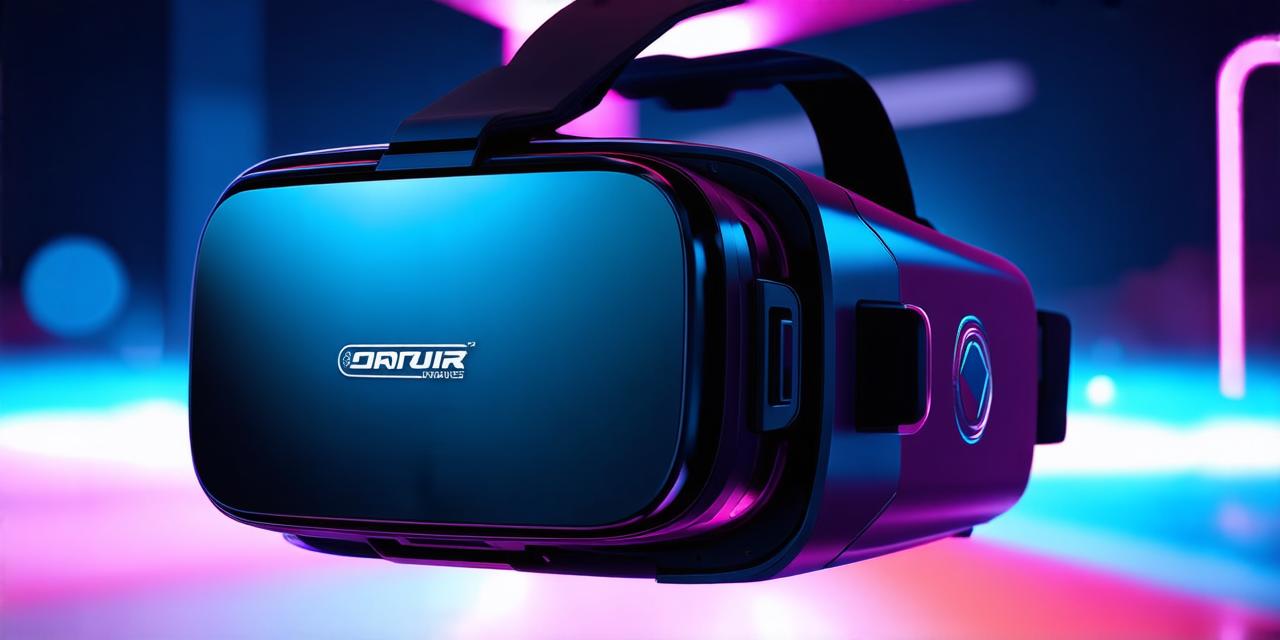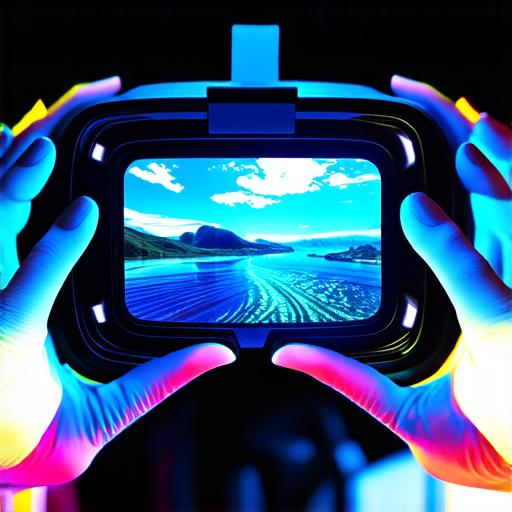
How do virtual reality headsets generate VR experiences?
What is a virtual reality headset?
A virtual reality headset is a device worn on the user’s head that displays stereoscopic images in real-time, creating an illusion of depth and immersion. These headsets typically have built-in screens or use external displays to create a seamless 360-degree view of the environment.
How does a virtual reality headset work?
Virtual reality headsets use a combination of hardware and software to generate VR experiences. The main components of a VR headset include:
- Display screens: These are typically high-resolution LCD or OLED screens that display stereoscopic images in real-time.
- Head tracking: This involves sensors that track the user’s movement and adjust the image displayed on the screen to match their perspective.
- Computer hardware: The headset is typically connected to a computer with a high-end graphics card, which renders the 3D environment.
- Software: This includes game engines, middleware, and other software that allows developers to create immersive VR experiences.
When a user puts on a virtual reality headset, they see two slightly different images in each eye, creating an illusion of depth. The computer calculates the user’s position in the environment based on the input from the sensors and adjusts the image displayed on the screen to match their perspective. This creates a seamless, immersive experience that transports the user into a 3D world.
What are some popular virtual reality headsets?
There are several popular virtual reality headsets available on the market today, including:
- Oculus Quest 2: A standalone VR headset that uses built-in screens and requires no external connections or setup.
- HTC Vive Pro Eye: A high-end VR headset with advanced eye tracking and motion sensors for a more immersive experience.
- Sony PlayStation VR: A VR headset designed for gaming, with integration with the PlayStation ecosystem.
- Samsung Gear VR: A VR headset that uses mobile devices as the computer and display, making it easy to use on-the-go.
How do virtual reality headsets generate immersive environments?
Virtual reality headsets are able to generate immersive environments by simulating a 360-degree view of the user’s surroundings. This is achieved through the use of sensors that track the user’s movement and adjust the image displayed on the screen in real-time.
The computer hardware used in virtual reality headsets is also a crucial component in generating immersive environments. High-end graphics cards are used to render 3D models and textures, creating a seamless and realistic environment that can be explored by the user.
Virtual reality headsets also use audio technology to enhance the overall experience. Spatial audio allows developers to create an audio environment that matches the user’s perspective, further immersing them in the VR world.
What are some of the challenges in developing virtual reality headsets?
Developing virtual reality headsets is a complex process that presents several challenges, including:
- Cost: High-end hardware and software required for VR development can be expensive, making it challenging for smaller developers to enter the market.
- Comfort: Virtual reality headsets must be comfortable to wear for extended periods of time, as discomfort can lead to motion sickness and reduce the overall experience.
- Motion sickness: Some users may experience motion sickness when using virtual reality headsets, which can detract from the immersive experience.
- Content creation: Developing content for VR requires specialized skills and tools, making it challenging for developers to create high-quality experiences.
Conclusion
Virtual reality headsets are a crucial component in generating immersive VR experiences. They use a combination of hardware and software to track the user’s movement and adjust the image displayed on the screen in real-time, creating a seamless 3D environment that can be explored by the user. While there are challenges in developing virtual reality headsets, these technologies are rapidly advancing, and we can expect to see even more immersive VR experiences in the future.



